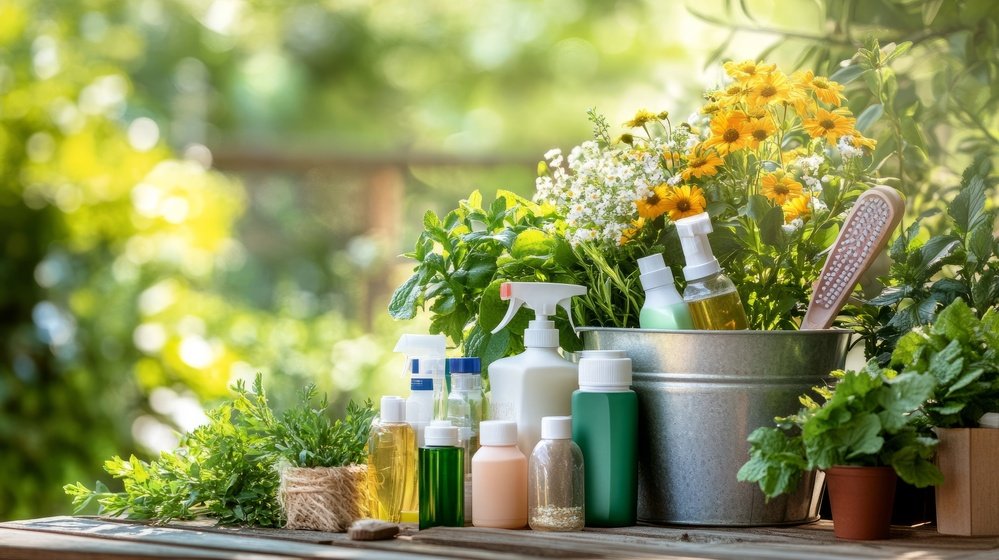Biodegradable cleaners are emerging as a popular trend in office, business, and industrial cleaning. Even facility management companies are trending toward biodegradable products. If you are not familiar with them, you may be wondering what they are and whether they actually work? Allow us to provide some basic information by way of this post.
As you read, note that biodegradable cleaners are part and parcel with green cleaning. All Pro Cleaning Systems offers green cleaning services for all types of businesses. Feel free to reach out to us to learn more about it.
The Basics of a Biodegradable Cleaner
The basic principle behind biodegradable cleaners is pretty straightforward. Something that is biodegradable breaks down naturally and without a lot of resistance. Compare plain paper with foam plastic. In a landfill, paper will break down easily, quickly, and thoroughly. Foam plastic will not. Some types of foam plastic can remain fully intact for decades. As such, paper is considered biodegradable while foam plastic is not.
Cleaning solutions work the same way. Biodegradable cleaners break down naturally and easily. They tend to be made from non-toxic materials, so they break down into components that do not leave a significant ecological footprint. They have little to no impact on the planet or its ecosystems.
Additional Benefits
In addition to being environmentally friendly, biodegradable cleaners offer other benefits to consider. For example, fewer non-toxic components (if a product has any at all) significantly reduce the risk of health hazards related to cleaning tasks. We are specifically thinking of things like skin irritation and respiratory issues.
Green, biodegradable cleaning solutions can improve indoor air quality. How? By containing little to no volatile organic compounds (VOCs). Most non-biodegradable cleaners contain significant levels of VOCs, levels high enough to noticeably impact indoor air quality.
They Get the Job Done
Now that you know what biodegradable cleaners are, the money question is whether they actually work. In a word, yes. Perhaps green cleaners were not up to par a decade ago, but the industry has made great strides toward improving them.
It has been our experience that most biodegradable cleaners now perform just as well as their traditional counterparts. They are fully capable of addressing dirt, grease, grime, and mild-to-moderate stains. Severe or deeply embedded stains might require a specialized cleaning solution for which there is no biodegradable alternative.
Manufacturers are increasing cleaning power by turning to plant-based formulas that rely on natural mechanisms to break down dirt and pathogens. Rather than relying exclusively on synthetic chemicals, they are figuring out how nature combats dirt and grime and then incorporating those principles into their products.
A Variety of Ingredients
Manufacturers are always on the lookout for new ingredients that make their biodegradable cleaners better. Right now, the most common ingredients in green cleaning formulas include citric acid, acetic acid, and even saponins.
Citric and acetic acid (the acid found in vinegar) have long been known to be effective against lime scale and bacteria. Meanwhile, plant-based saponins do an exceptionally good job with dirt and grease. For the record, saponins are bitter compounds found in a variety of plant life.
Toxicity Isn’t Required
We will go on record as saying toxicity is not required to get a commercial building truly clean. Thanks to creative manufacturers and advancing green science, we now have access to a plethora of biodegradable cleaners that work just as effectively as their traditional counterparts. They get surfaces clean without being toxic or releasing volatile compounds. And because they are biodegradable, they also do not harm the environment.


